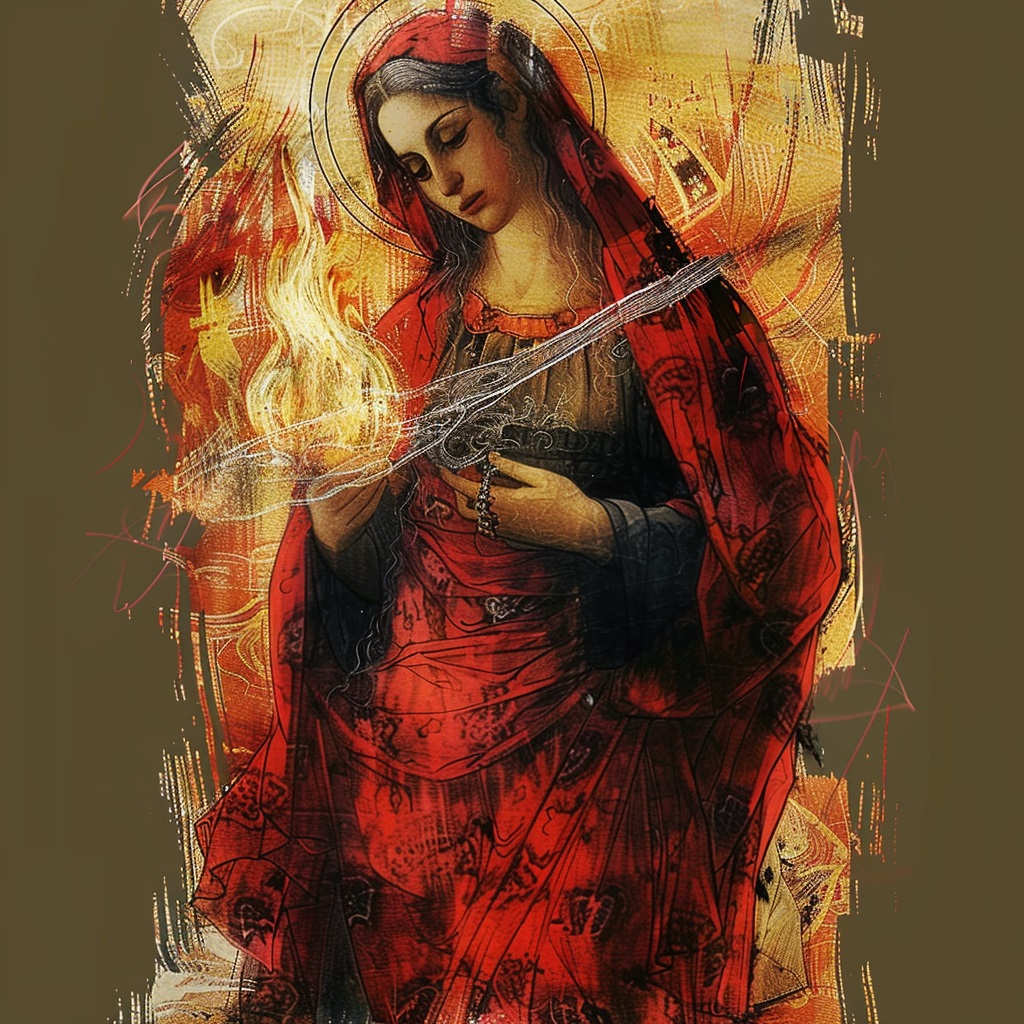In a post awhile back I mentioned some newly translated fragments from the oxyrhynchus dig that had been released to the public. These are fragments 5575, 5576 and 5577. 5575 is a Jesus sayings fragment that has similarities to Matthew, Luke and Thomas. 5576 is a gnostic style fragment. 5577 is a dialogue between Mary (Magdalene) and Jesus. I am focusing on 5577 for this post. If you are curious about the other two fragments, I will have a link at the end of this post where you can read up on them. All three fragments are very fascinating. So what does this 5577 say? Here is a translation by Juan Chapa:
. . . good Father . . . introduces (?) the simple and incorruptible form. Therefore I say, Mary: I showed myself as the artificer mind in the logos made flesh filled with the incorruptible Father, awakening through my kindness the hidden life of the Father . . . form and . . .
. . . will fall on the earth. [John] said: “I bathe you with water, but a man will come and will bathe you with fire and spirit.” Therefore I say to you, Mary: seek to mix water and fire and you will no longer appear as an image of flesh, but an image of the eternal incorruptible light, bringing together for you, Mary, intellectual spirits from two intertwined and dissolved elements.
Now first off, is this even Mary Magdalene the fragment is referring to? Unfortunately there is no definitive answer. So to best answer that, we must look at the context. I don’t ever recall Jesus referring to his mother as “Mary”. There is the Mary of the two sisters of Lazarus, but usually she is not referred to in these stories, especially fragments from the second to fourth centuries where this fragment originated. In the western medieval apocrypha, that Mary does merge with Mary Magdalene and unfortunately taints those stories (like the Golden Legend, which I have posted about before). Mary Magdalene being quite popular in the gnostic style texts and that second fragment having a heavy handed gnostic (some say Valentinian) slant, I believe it’s safe to say it is Magdalene who it is referring to and I’m sticking with it. 😉 Some scholars also believe these fragments may be part of the missing beginning section of the Gospel of Mary. As you may (or may not) know, that gospel is incomplete with the first seven pages missing, as well as part of the middle of the story. I am not totally convinced this is part of the first act of the gospel. There is not enough context. But if more fragments pop up, perhaps a better understanding can be had and a more concise answer can be provided. As of now, I would say it’s a possibility….
So on it’s own, what can we take from these fragments? The first section appears to be Jesus speaking to Mary about his form. Jesus as the logos of the Father made flesh is not a new concept. The second section is pretty interesting though. We have John the Baptist speaking, by the narrator (Jesus), about baptizing people with water but another will baptize in fire and spirit. This is similar to Luke 3:16:
John answered them all, saying, “I baptize you with water, but he who is mightier than I is coming, the strap of whose sandals I am not worthy to untie. He will baptize you with the Holy Spirit and fire. (ESV)
So this leads us to Jesus stating: Therefore I say to you, Mary: seek to mix water and fire and you will no longer appear as an image of flesh, but an image of the eternal incorruptible light, bringing together for you, Mary, intellectual spirits from two intertwined and dissolved elements. It really is a shame the fragment ends there. This presents an alchemy of the spiritual elements. The water baptism is the death of the old, awakens in the new life. But the baptism from Christ transcends the flesh and brings Mary to her true nature of an eternal incorruptible light. In the Gospel of Mary, during her teaching to the apostles of what Jesus told her, she describes the ascension of the soul through various steps / archons / toll-house, etc… So you can see how some believe this fragment is from the beginning of the gospel. Having read this fragment the other day, it struck me greatly. It is something I plan on pondering about but definitely wanted to bring it to everyone’s attention.
To read about 5575, 5576 and more about 5577, check out this awesome article: https://www.christiancentury.org/features/early-christianity-fragment-fragment
Featured artwork made by Midjourney using this fragment’s wording and blended with a Russian icon.
bP
